Affiliate links on Android Authority may earn us a commission. Learn more.
Google Pixel XL vs Samsung Galaxy Note 7 first look
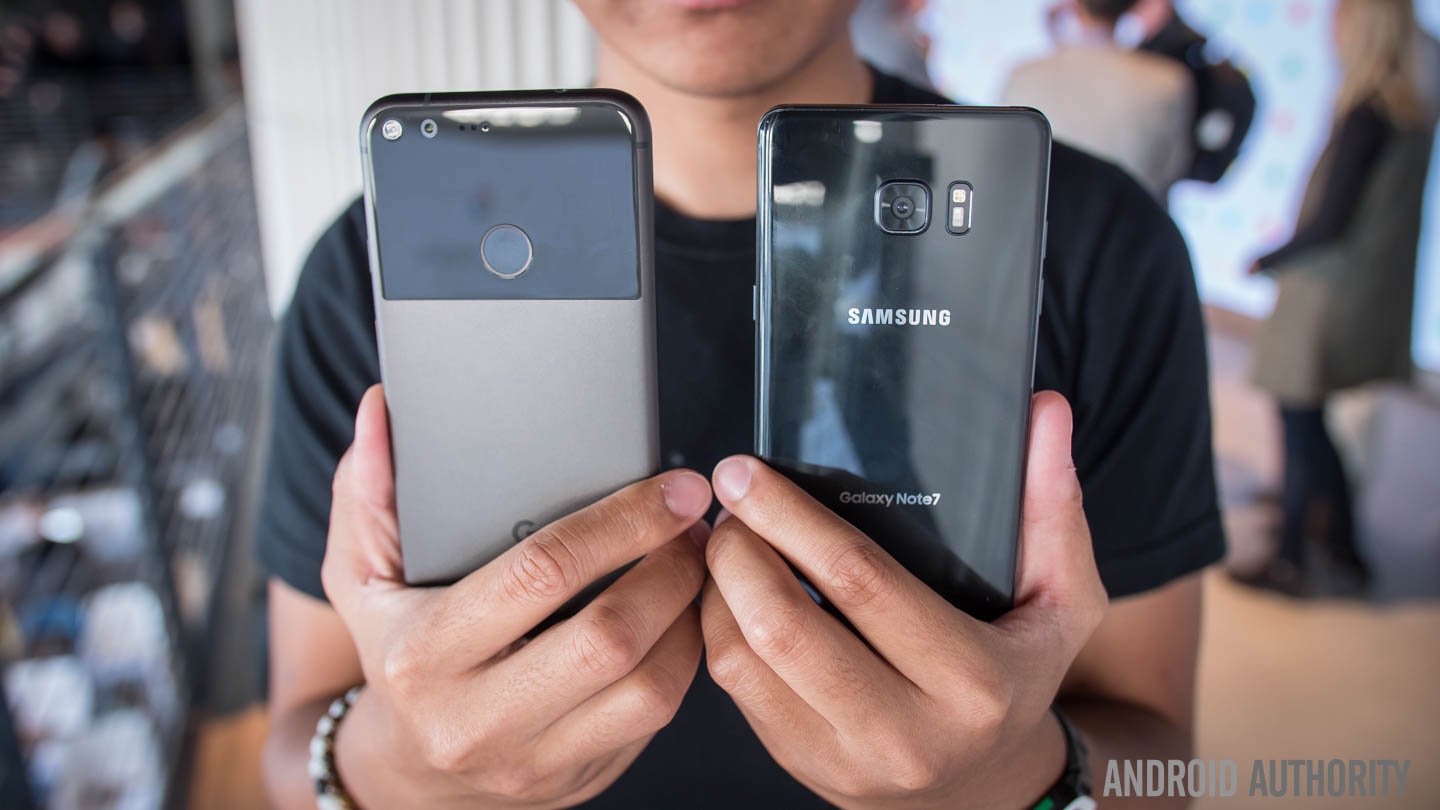
Google has taken the wraps off the Pixel XL, their new flagship handset, so it is only natural to compare it to one of our all-time favorite series. In this post we are putting the new Google Pixel XL right up against the Samsung Galaxy Note 7. Shall we get started?
Right off the bat you can tell these are two very different smartphones. The Google Pixel XL brings forth a style we have grown very used to in the industry. It has a metal design and a sleek body that has become a standard in the high-end market. Meanwhile, the Samsung Galaxy Note 7 sports the same metal edge and glass front and back currently recognizable in all the latest Samsung handsets.

But that is all looks, right? Which one looks and feels best is a matter of preference. What we can tell you more about is resistance. The Google Pixel XL rocks an IP53 rating, which makes it dust and splash resistant. Meanwhile, Samsung goes all out with an IP68 rating – it is dust tight and can be immersed in water up to 1.5 meters for 30 minutes.
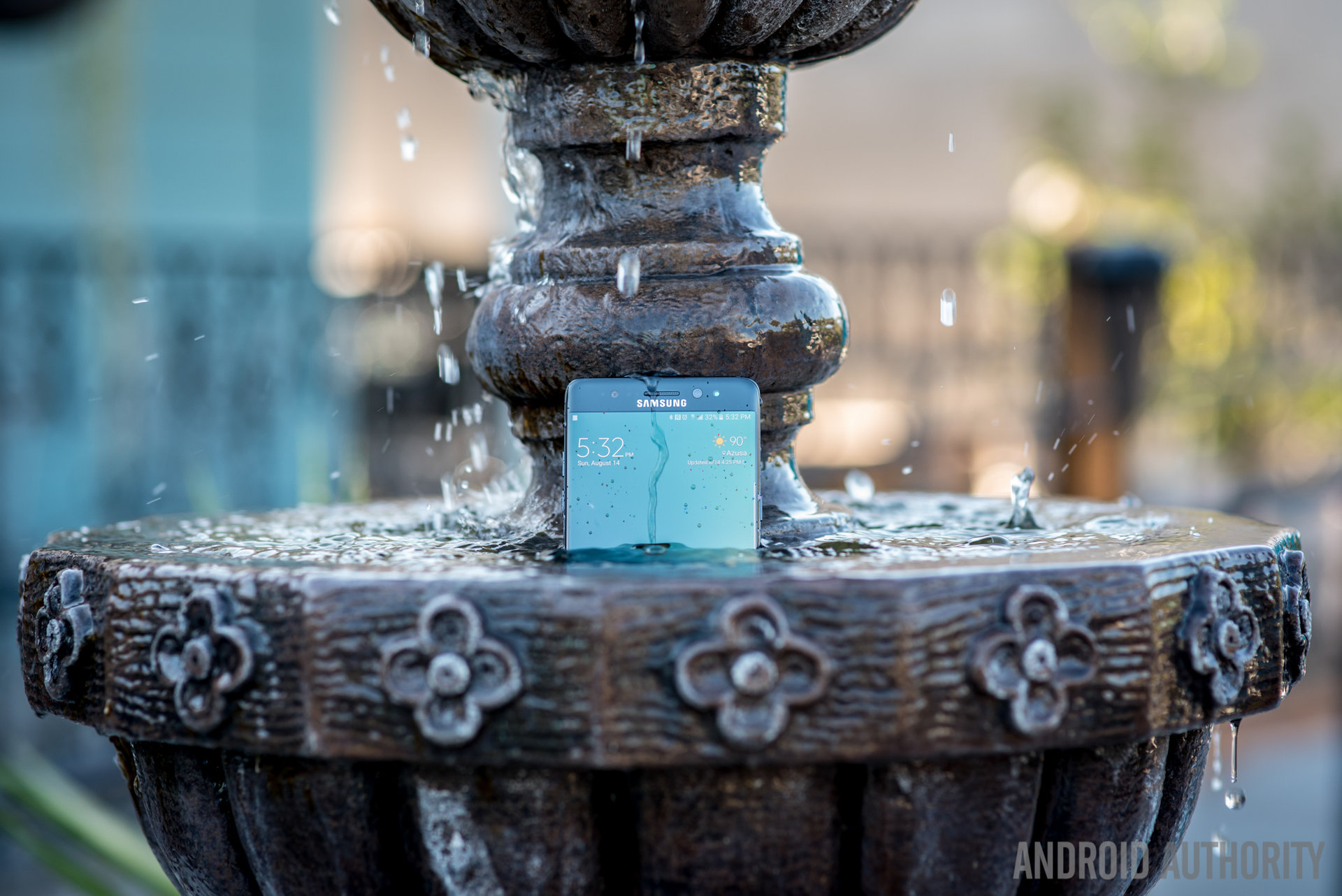
The Samsung Galaxy Note 7 also has that now-iconic curve along the edges of the front. This doesn’t do too much in terms of functionality, but it does make the phone feel thinner and more comfortable in the hand. The Google Pixel XL is also a beauty to hold, though. It’s just a matter of whether you like metal or glass better. What we can say is that the Google Pixel XL feels very solid. It is manufactured by HTC, after all. Samsung phones do tend to feel a little more fragile.
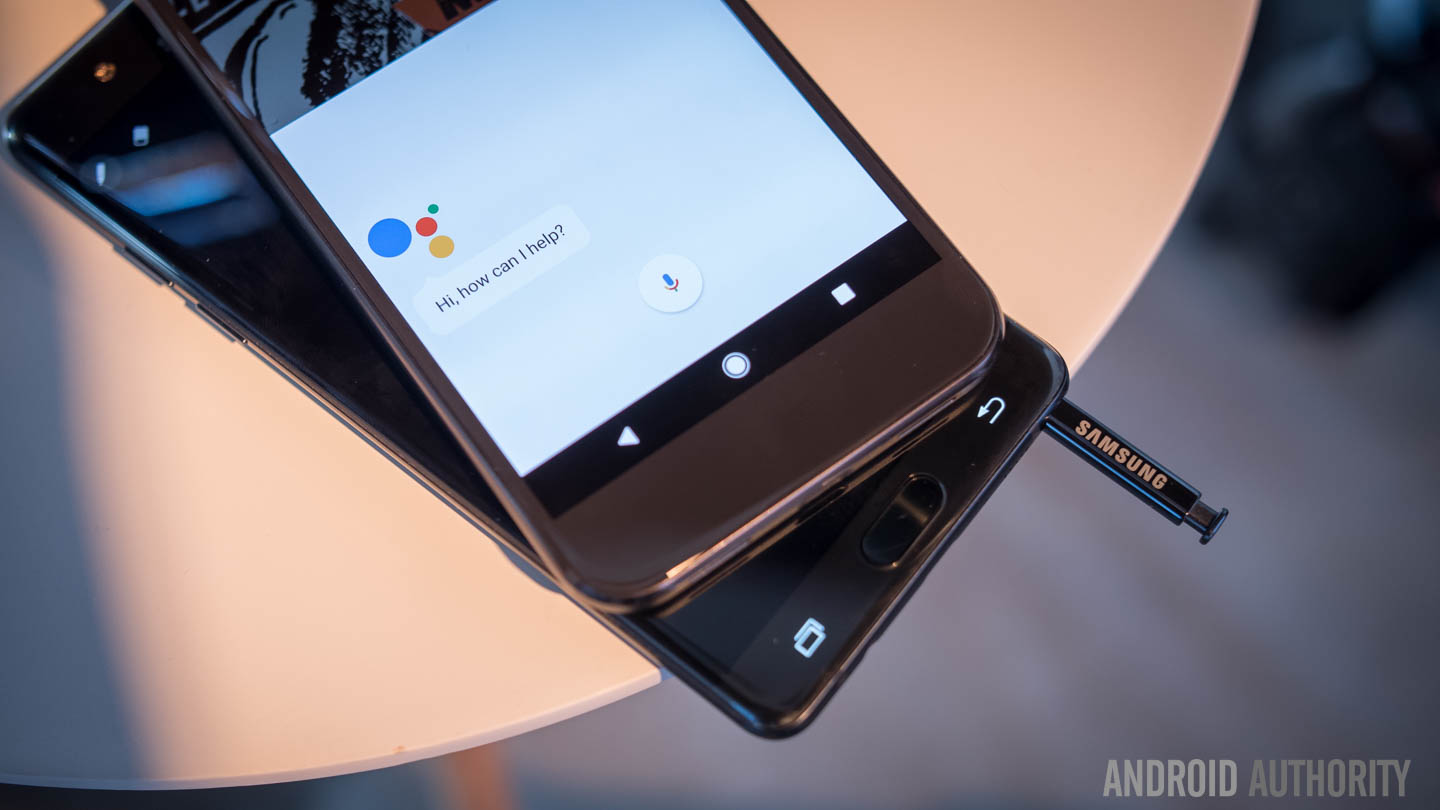
In terms of color choices both handsets have a few, but the Samsung Galaxy Note 7 will grant more options. Sammy’s handset comes in Silver, Gold Platinum, Blue Coral, Black Onyx. Meanwhile, Google’s new phone has three variants: Very Silver, Quite Black and Really Blue (yes, that’s what they are calling these colors).
USB Type-C continues to become the standard and now we can see both handset featuring the new port. It can still be hard to adapt to it, due to lack of adoption, but it is the future and does provide certain improvements. A reversible connector, faster transfer speeds and better compatibility are only a few examples.

The Samsung Galaxy Note 7 comes with a slightly larger screen, but the quality turns out to be nearly as good in both cases. Google’s Pixel XL features a 5.5-inch AMOLED display with a 2560×1440 resolution, while Samsung’s phablet touts a 5.7-inch Super AMOLED panel with the same definition.
High-end specs can only get so good nowadays, and both phones are nearing the current threshold.
In terms of performance we should see nearly identical results. High-end specs can only get so good nowadays, and both phones are nearing the current threshold. The Pixel features a powerful Snapdragon 821 processor with 4 GB of RAM, and the Note 7 is not far behind with its Exynos 8890. But when it comes to internal storage the Google Pixel XL has the upper hand, as it comes in variations of 32 and 128 GB. The Samsung Galaxy Note 7 is limited to a single 64 GB version.
Things change once we start considering external memory, though. Google has built no expandable storage support into the new Pixel phones, and Samsung’s device can take microSD cards.
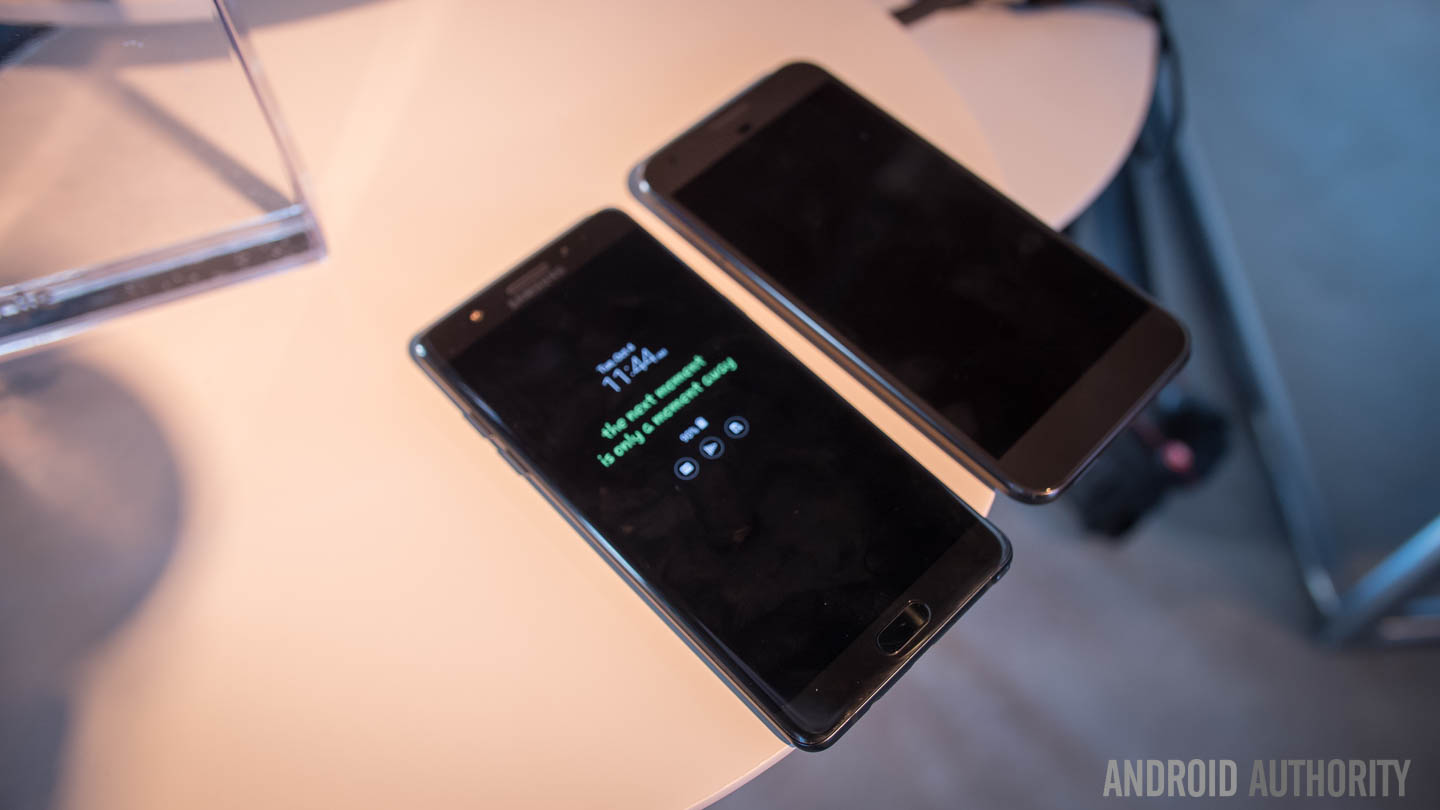
Battery life should also be pretty similar, as both phones feature nearly identical specs. The Samsung Galaxy Note 7 does have a bigger 3,500 mAh battery, but it only beats the Pixel XL by 50 mAh. The Galaxy Note 7 does win this round too, though, as it has better options for charging. Both come with fast-charging capabilities, but this time around Google is doing away with wireless charging, something many of us consider disappointing.
Shall we talk security? These handsets have great fingerprint readers with super fast recognition, but Samsung is bringing something interesting to the table – an iris scanner, which uses a dedicated camera near the selfie cam to search for a registered set of eyes to unlock the phone.
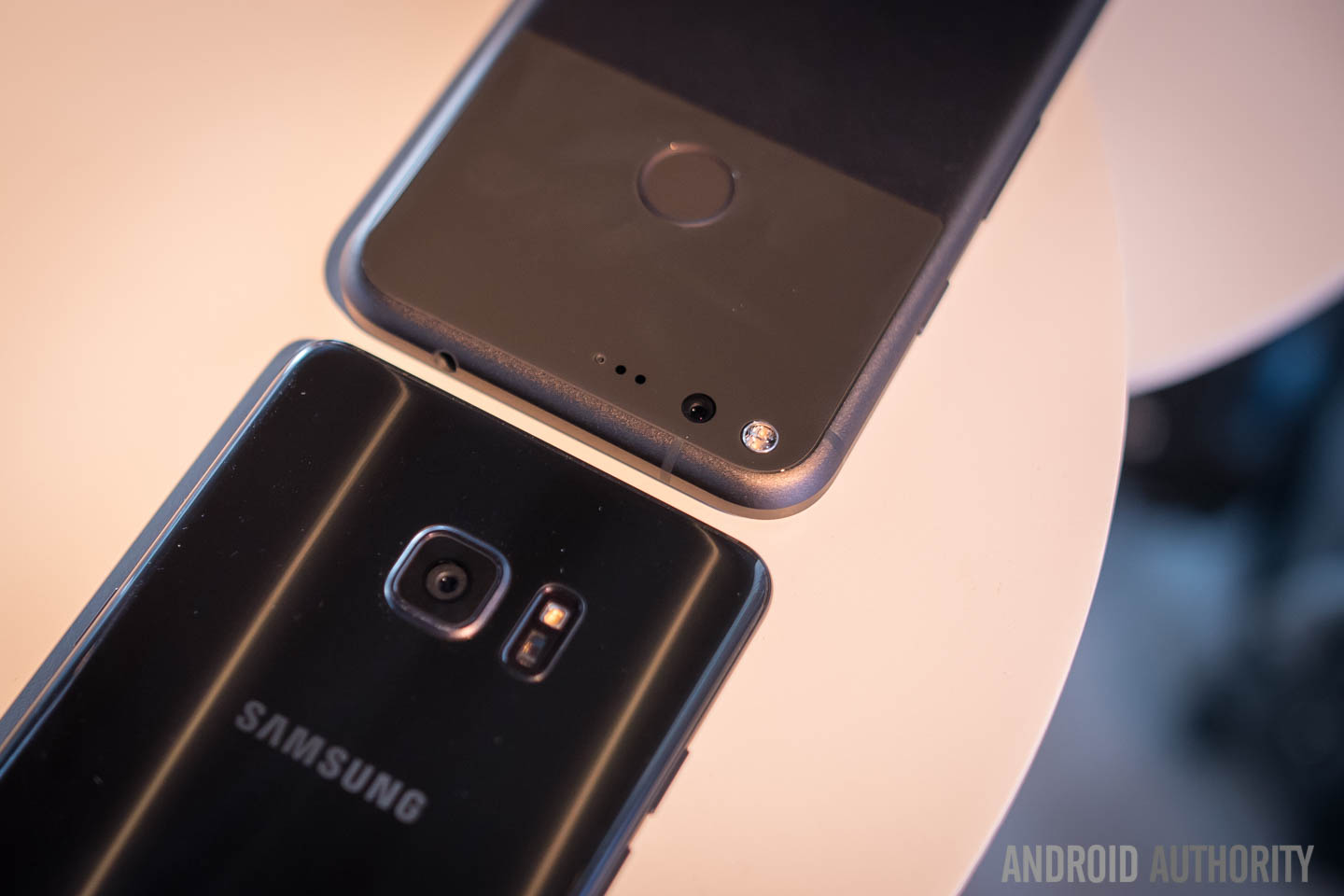
At first sight it may seem like these cameras are very similar, but there are a few key differences to be noted. The 12.3 MP Pixel XL camera has no OIS, but does promise large pixels (better light intake), super fast laser auto-focus, an f/2.0 aperture, slow motion and 4K video capture.
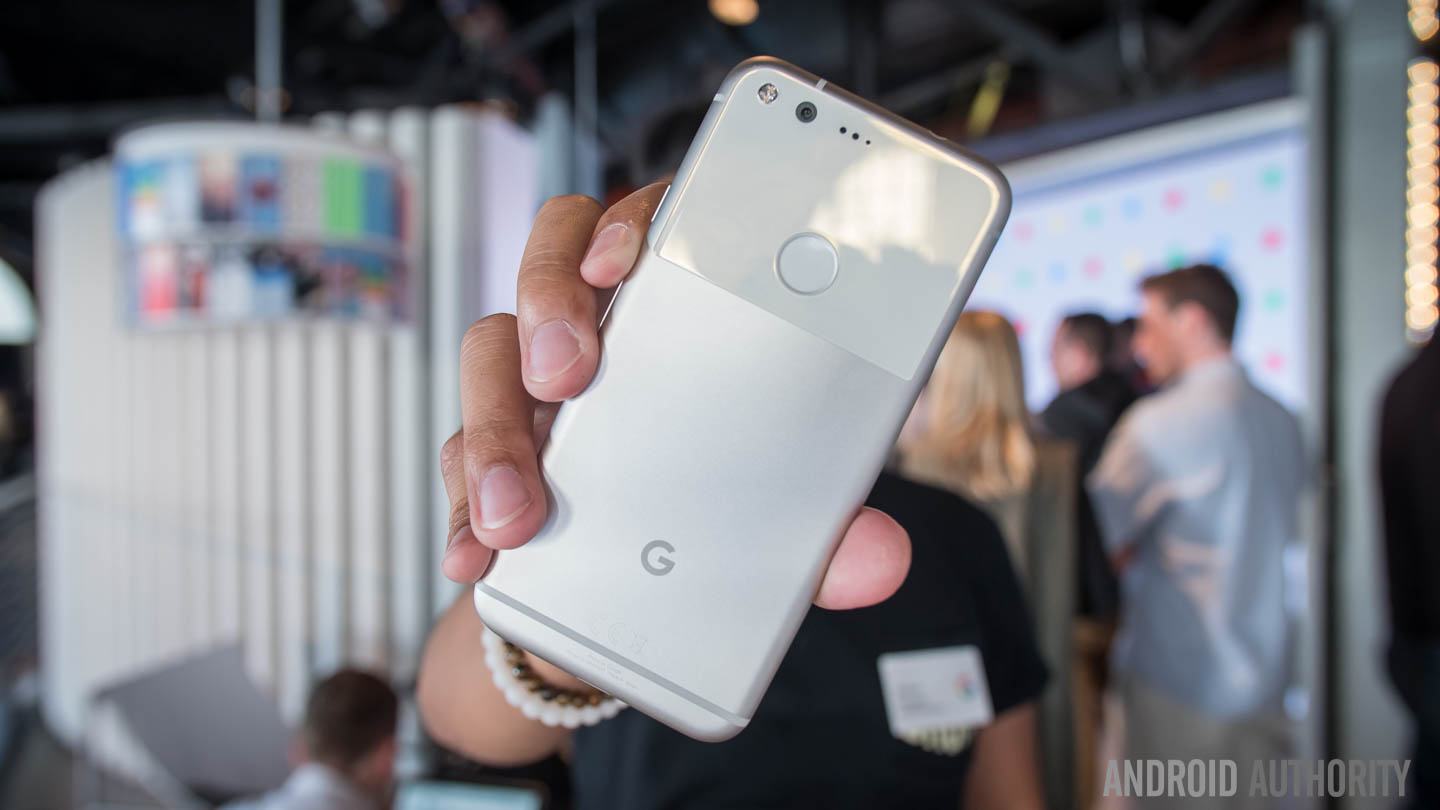
The Samsung Galaxy Note 7 doesn’t fall behind, though, and some may say it is better. Its 12 MP sensor does have a better f/1.7 aperture, optical image stabilization and a dual pixel set-up for improved light intake. You can be sure we will be testing sample photos further. For now we really can’t pass judgement on which is better.
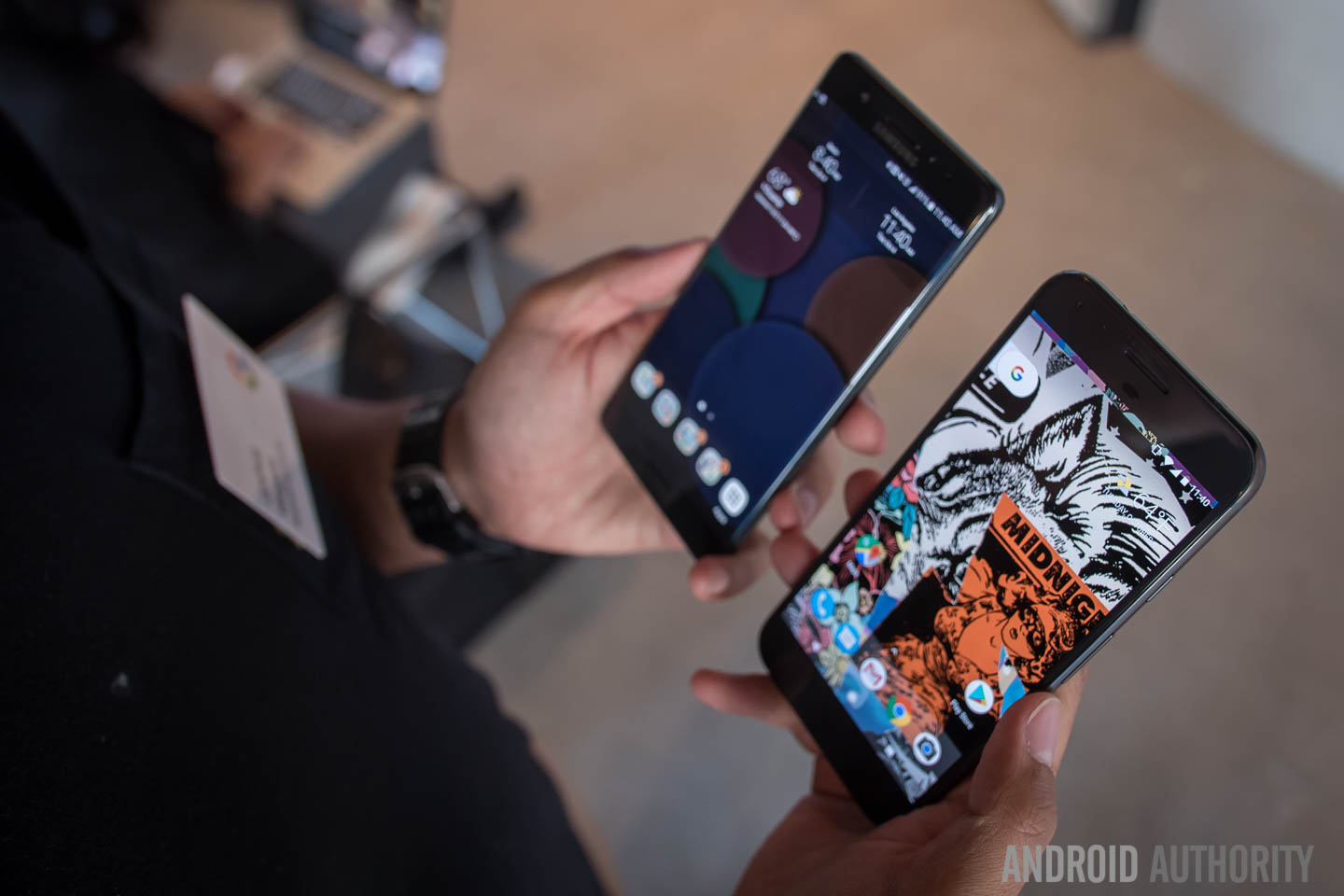
Overall, the user experience of these phones will predicate on Android and multitasking preferences. The Note 7 has a myriad of features to boast, including all of the different methods of multitasking that include the Multi Window and the Pop-Up View – and, of course, the S Pen brings its own very long list of features to the fold. Sharing is easier than ever in the Note, with tools like Screen Write, the Notes application that consolidates pretty much all ways of working with digital notes, and the Smart Select that now has a tool for recording 15 second GIFs of (almost) anything that is going on in the given frame. And for the users who need a constant reminder of any piece of information, the Screen Off Memo can pin notes to the Always on Display so that it is constantly within view.
Also read:
- Samsung Galaxy Note 7 review
- Google Pixel and Pixel XL hands-on
- Google Pixel and Pixel XL vs the competition
The Google Pixel XL is limited by what the vanilla Android experience has to offer. It is a better option for those who prefer a cleaner experience with no bells and whistles, but we also can’t deny Samsung’s improvements have proven to be very convenient to many of you. One thing is for sure, the UI on Google’s software will be easier on the eyes and much more simplified.
The huge benefit Pixel users get is the promise of quick Android updates. Remember this is the replacement to the Nexus brand, which promises to keep you on the bleeding edge of Android software. And I must say, Android Nougat is so far quite delightful, bringing a lot of refinements to what we are used to in Marshmallow, including better ways of handling tasks and notifications as well as a bit more eye candy to please the design-minded.
The Pixel XL also packs a couple of features that are going to stay exclusive to it: the most important is Google Assistant, the greatly improved replacement to Google Now. But you also get unlimited original format photo and video storage, an integrated support app, and a customized launcher you won’t see on other devices.
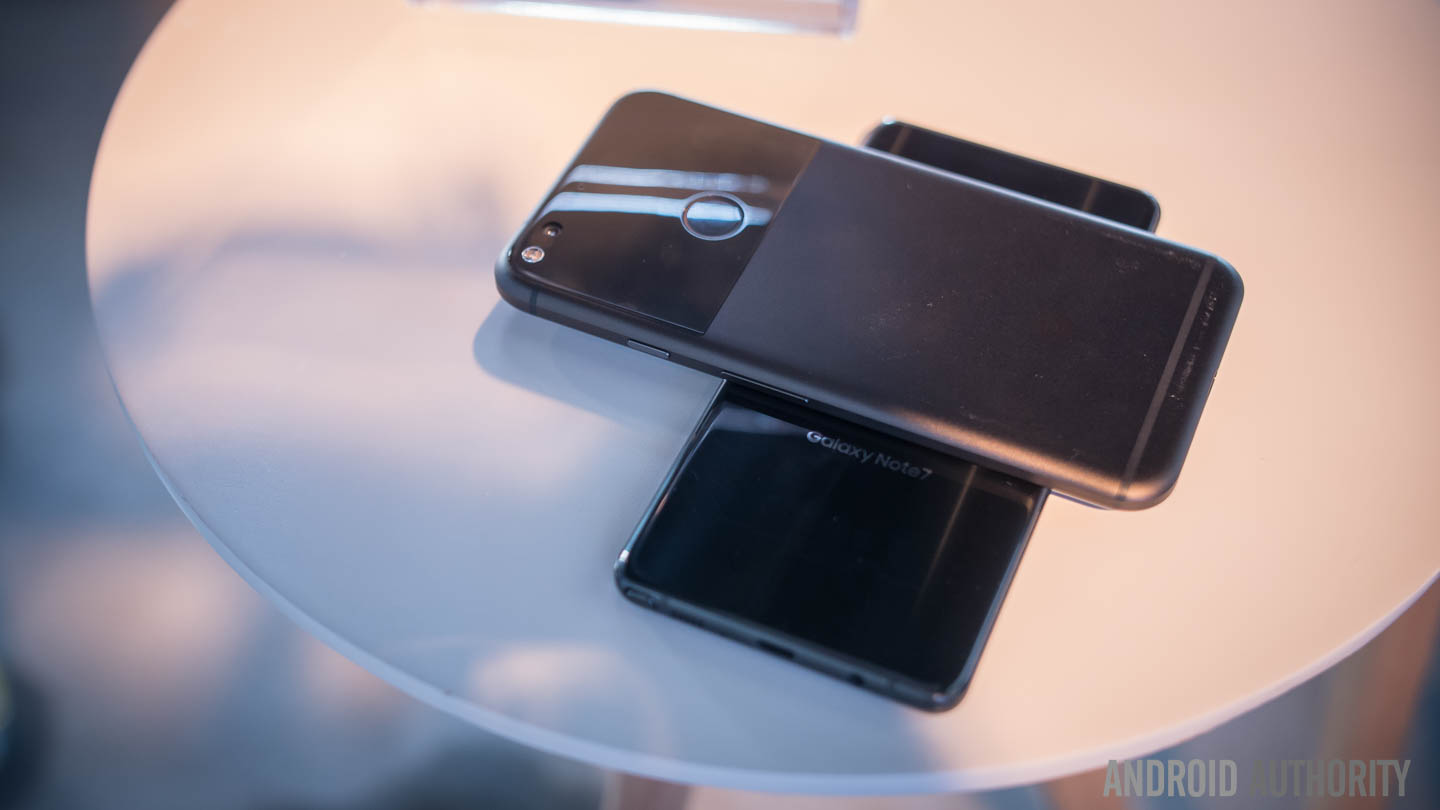
Now, let’s talk money. The Google Pixel XL starts from $769, which is expensive, but then the Note 7 is even more pricey, costing as much as $900 at US carriers.
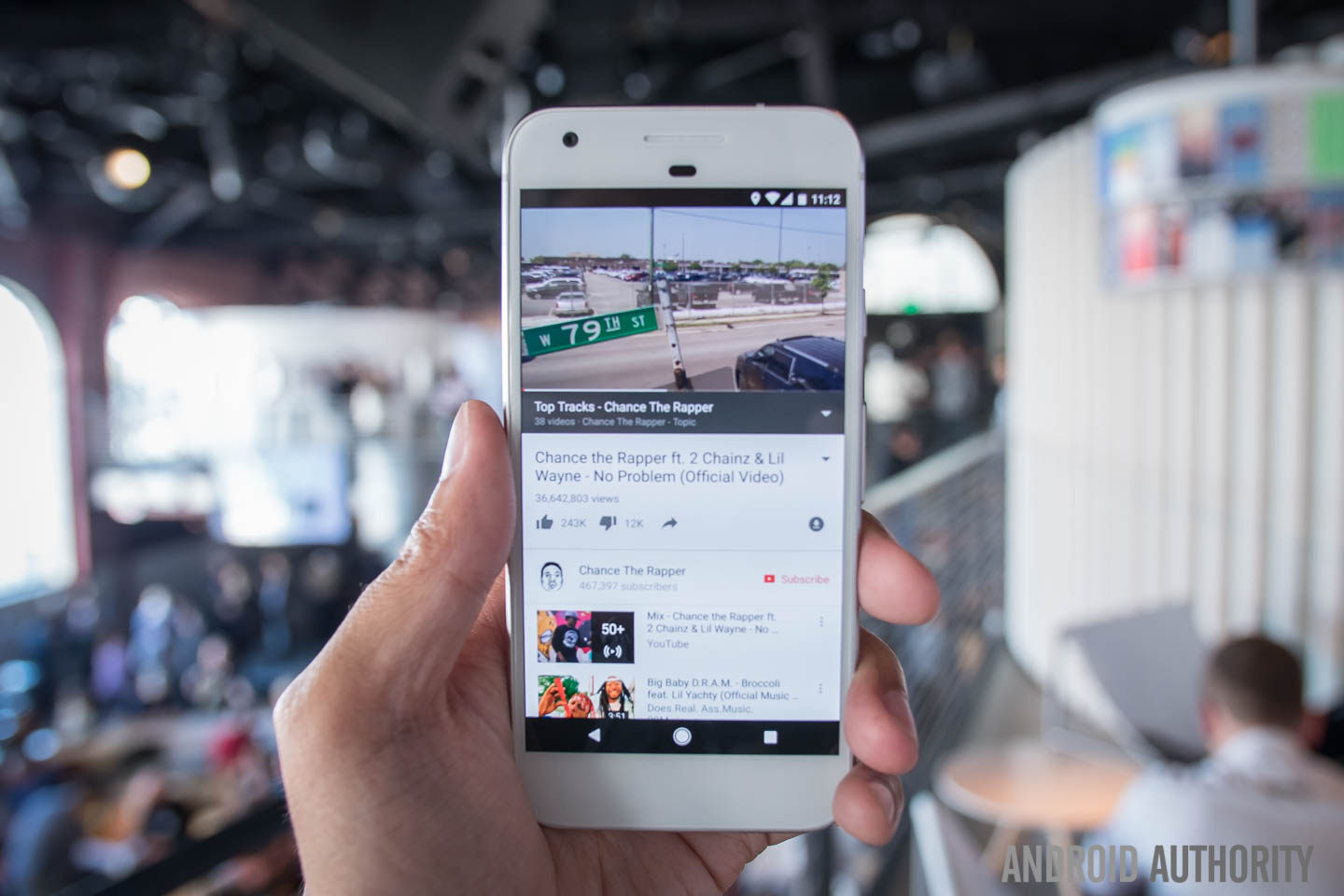
The Samsung Galaxy Note 7 does show some advantages, mainly in software optimization, an iris scanner, S-Pen features and certain camera specs, but the Google Pixel XL offers performance, a clean software, Google Assistant, a metal construction and timely updates for what could be a slightly lower price point. Android purists will definitely choose Google’s phone any day.
But tell us what you think! Which phone will you go for?